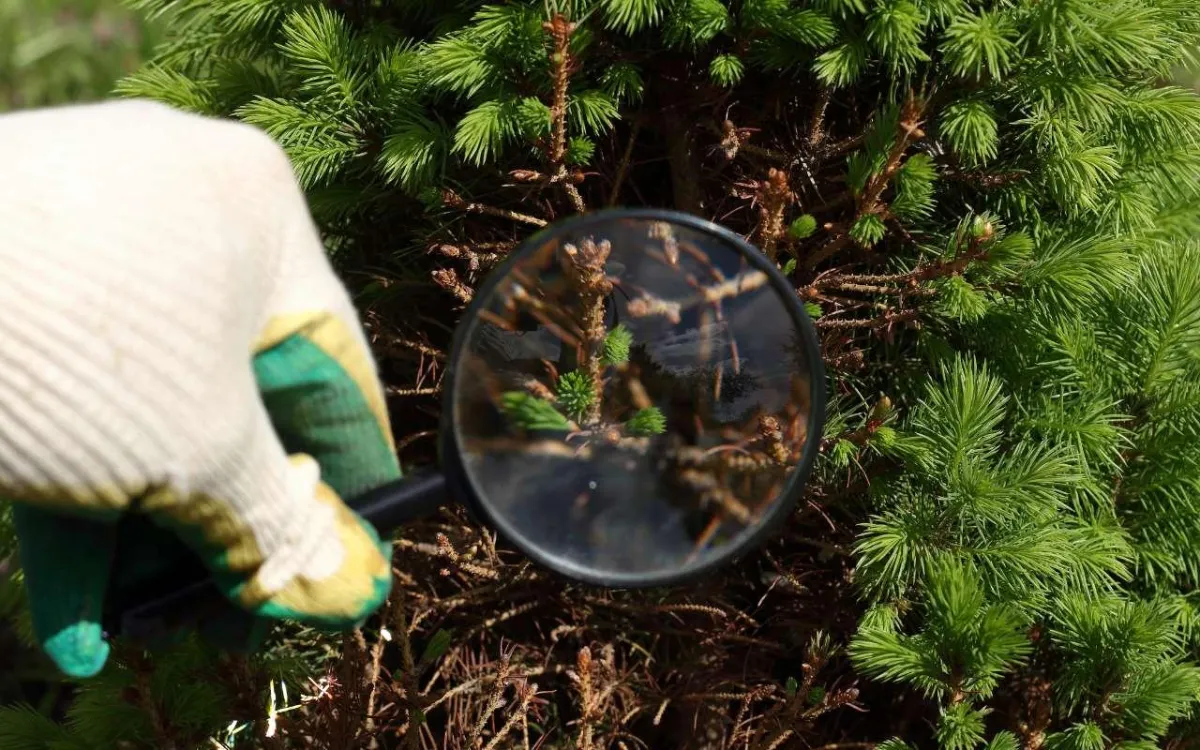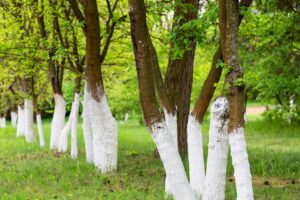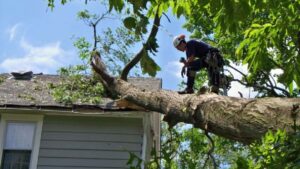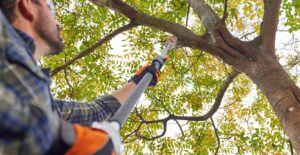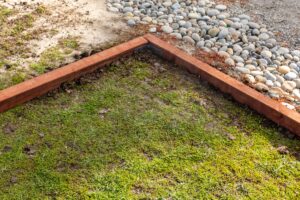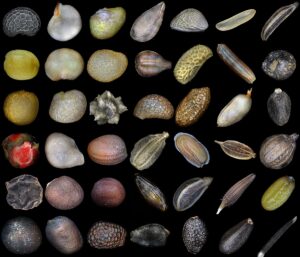Tree Health Inspection: A Comprehensive Guide to Assessing and Maintaining Tree Health
Trees play a vital role in enhancing the aesthetic appeal of our landscapes, providing shade, improving air quality, and supporting ecosystems. However, like all living organisms, trees can become susceptible to diseases, pests, and structural issues over time. A regular tree health inspection is essential to ensure trees remain healthy, safe, and resilient. In this article, we will explore what needs to be checked during an inspection, the services involved, how to inspect trees, the process, timing, costs, and possible treatments.
What Needs to Be Checked During a Tree Health Inspection?
A thorough tree health inspection involves evaluating various aspects of the tree’s structure, vitality, and environment. The following components should be examined:
1. Leaves and Foliage
- Color and appearance: Healthy leaves should have a vibrant color—green in most species. Discoloration, such as yellowing, browning, or wilting, may indicate nutrient deficiencies, water stress, or disease.
- Texture and density: Sparse or thin foliage may point to poor tree health or environmental stress.
- Pests and diseases: Signs of pest infestations (such as holes or chew marks) and fungal diseases (like powdery mildew or rust spots) are important to note.
2. Tree Trunk and Bark
- Bark health: Healthy bark is typically intact and not peeling, except for species that naturally shed bark. Cracks, deep fissures, or areas where the bark has sloughed off are signs of trouble.
- Structural defects: Look for cavities, swelling, cankers, or cracks that may indicate internal decay or compromised strength.
- Pest infestations: Visible insect activity, including wood-boring insects or bark beetles, should be identified early to prevent further damage.
3. Branches and Canopy
- Dead or broken branches: Inspect the tree canopy for dead, broken, or hanging limbs. Dead branches can fall unexpectedly and pose safety hazards.
- Crossing or rubbing branches: These can cause wounds that lead to decay and invite diseases.
- Branch attachment: Assess how branches are attached to the trunk. Weak attachments may cause branches to break during storms.
4. Root System and Soil
- Root exposure: Examine for exposed roots above the ground surface, as these can lead to root decay.
- Soil health: Check for soil compaction, poor drainage, or erosion, as these conditions can weaken the root system.
- Root diseases and pests: Look for signs of fungal root rot or pests like root-feeding insects.
5. Overall Tree Structure
- Leaning or tilting: A tree that is leaning excessively or appears unstable may indicate root damage or poor anchorage.
- Balance and symmetry: Trees should have a balanced shape. A lopsided canopy may suggest growth issues or internal decay on one side.
- Stress symptoms: Premature leaf drop, stunted growth, or excessive sap production can signal stress caused by environmental factors or diseases.
What Services Are Needed for a Tree Health Inspection?
Tree health inspection services can vary depending on the needs of the property and the type of trees involved. Typically, professional arborists provide the following:
1. Visual Tree Assessment (VTA)
This is the most common method used by arborists to evaluate tree health. It involves a thorough visual examination of the tree, looking for any signs of decay, disease, pest infestation, or structural weakness. The VTA includes the assessment of roots, trunk, branches, and foliage.
2. Soil and Root Analysis
Soil testing helps determine the soil composition and its suitability for the tree species. Analyzing the root system is also crucial to check for diseases or issues like girdling roots that can choke the tree.
3. Tree Risk Assessment
A tree risk assessment focuses on evaluating the tree’s potential hazards, such as falling limbs, the risk of the tree uprooting, or damage caused by storms.
4. Decay Detection (Advanced Methods)
Arborists may use specialized tools to detect internal decay in trees. Some common methods include:
- Resistograph: A tool used to drill a small hole into the trunk and measure the resistance of the wood, identifying decay or cavities.
- Sonic tomography: This technique uses sound waves to create a visual map of internal decay or defects in the tree.
How to Inspect a Tree: Step-by-Step Process
- Prepare for Inspection
- Gather tools: Depending on the level of inspection, you may need binoculars, a mallet, a soil auger, or advanced diagnostic tools like a resistograph.
- Know your tree species: Understanding the tree’s specific needs and typical vulnerabilities will help guide the inspection process.
- Start with the Soil and Roots
- Check the soil condition around the base of the tree for signs of compaction, poor drainage, or exposed roots.
- Examine the root flare (the area where the trunk meets the roots) for decay or mechanical injury.
- Examine the Trunk
- Inspect the trunk for cracks, holes, cankers, or areas where the bark is missing.
- Use a mallet to tap the trunk in various places to detect hollow spots, which may indicate decay.
- Inspect Branches and Canopy
- Visually assess the canopy for dead, broken, or crossing branches.
- Use binoculars to inspect high branches for signs of pests or diseases.
- Analyze Leaves and Foliage
- Check for discoloration, curling, or spots on the leaves that might indicate disease or nutritional deficiencies.
- Look for signs of insect activity or other damage to the foliage.
- Evaluate Overall Structure
- Assess the tree’s symmetry and check for any significant lean or structural imbalance.
- If the tree appears unstable, further investigation into the root system may be required.
Timing and Frequency of Tree Health Inspections
Tree inspections should be conducted regularly, at least once or twice a year, depending on factors such as tree age, species, and environmental conditions. Here’s a recommended schedule:
- Spring: This is the best time to inspect for new growth and signs of emerging pests or diseases. Spring inspections can also detect problems related to the root system due to thawing and soil changes.
- Fall: Another ideal time to inspect trees, especially for signs of disease or pest activity that may have occurred over the summer. Inspecting in fall helps prepare trees for the winter months.
- Post-storm inspections: Following a severe storm, it’s important to inspect trees for any damage caused by high winds or heavy rain.
Cost of Tree Health Inspections
The cost of a tree health inspection can vary widely depending on the size of the tree, the number of trees, and the type of services required. Here’s a breakdown of potential costs:
- Basic visual inspection: Typically ranges from $75 to $150 per tree.
- Advanced diagnostic methods (resistograph or sonic tomography): These tests can cost between $250 and $500, depending on the equipment and time required.
- Soil testing: Usually costs between $100 and $200.
- Tree risk assessment: Can range from $100 to $300, depending on the complexity of the assessment.
- Consultation fees: Some arborists charge a consultation fee of $50 to $150, which may be applied toward the overall service if further work is needed.
Treatment Options for Common Tree Issues
Once an inspection has been completed, treatments may be necessary to address identified issues. Common treatments include:
1. Pruning and Trimming
Dead or diseased branches should be removed to prevent decay from spreading and to reduce the risk of branch failure.
2. Soil Amendments
Based on soil test results, amendments like organic compost, fertilizers, or mulch may be recommended to improve soil health and support tree growth.
3. Pest and Disease Management
If pests or diseases are detected, arborists may recommend targeted treatments such as:
- Insecticidal treatments: For pests like aphids, borers, or caterpillars.
- Fungicides: To treat fungal infections, such as powdery mildew or root rot.
- Biological controls: Introducing natural predators like beneficial insects to control pest populations.
4. Cabling and Bracing
For trees with structural weaknesses, cabling and bracing systems can provide additional support to prevent branch failure or tree collapse.
5. Root Treatment
If root issues such as girdling roots or root rot are detected, corrective treatments like root pruning or fungicide application may be necessary to restore health.
Conclusion
Tree health inspections are a critical component of maintaining a healthy landscape. Regular inspections help identify potential problems early, allowing for timely interventions that can save trees from decay, disease, and structural failure. By focusing on the tree’s leaves, bark, branches, roots, and overall structure, a thorough inspection can provide valuable insights into the tree’s health. With professional services ranging from basic visual assessments to advanced diagnostic techniques, homeowners and property managers can ensure their trees thrive for many years to come.
Cost-effective and timely tree health inspections not only protect the beauty and safety of your property but also contribute to the long-term vitality of the environment.
